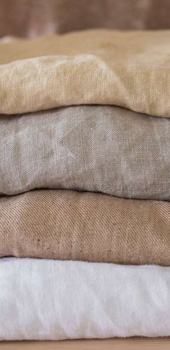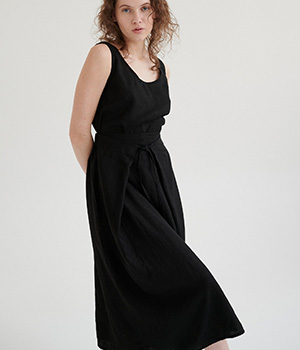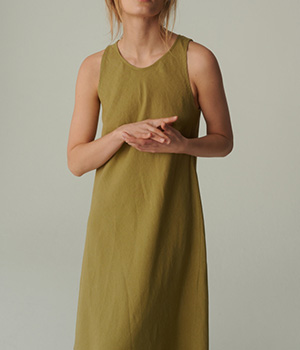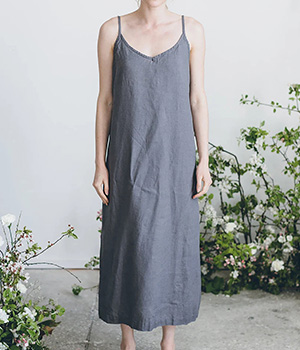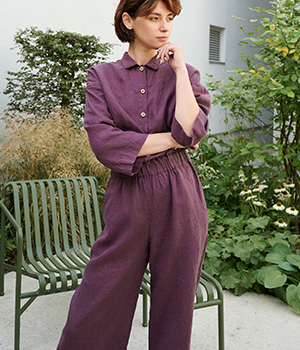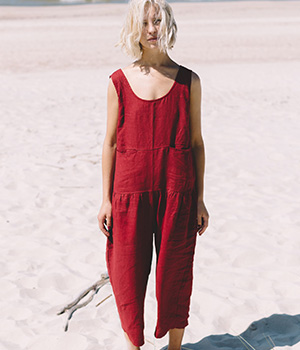Is linen an expensive fabric?
Introduction: Why the Price of Linen Matters
In the age of fast fashion, many fabric options flood the market—but few stand the test of time like linen. Known for its breathability, natural luster, and timeless elegance, linen is frequently labeled as a luxury textile. But what justifies its higher price tag compared to cotton or synthetic materials?
For fashion brand owners seeking to expand their eco-conscious apparel lines, understanding the economics of linen is crucial. This article breaks down the factors that make linen a premium investment and why it continues to command a higher price in global fashion markets.
1. The Origin of Linen: From Flax Field to Fabric
Linen is made from the flax plant—a crop that thrives in cool European climates, especially in France, Belgium, and the Netherlands. Unlike cotton, which can be grown in many regions and harvested in bulk, flax has a relatively low yield and requires ideal soil and temperature conditions to flourish.
Moreover, the transformation from flax plant to finished linen fabric is an artisanal process. It includes:
1.Retting: Naturally rotting the stalks to separate fibers.
2.Scutching: Removing woody parts of the stalk.
3.Hackling: Combing the fibers for spinning.
4.Spinning & Weaving: Often done in smaller batches with careful quality control.
These time-consuming and manual steps significantly contribute to linen’s price.
2. Limited Harvest and Yield
Compared to cotton, flax has a much shorter harvesting window and a lower yield per acre. It cannot be harvested year-round and must be cultivated under specific climate conditions. Once harvested, only a small percentage of the flax plant is suitable for spinning into linen fibers.
This scarcity in raw material availability, combined with the higher land cost in Western Europe, naturally drives up the base price of linen.

3. Labor-Intensive Production
From retting in open fields to hand-finishing in specialized mills, linen production is one of the most labor-intensive textile processes in the industry. Many premium linens are still made using semi-traditional techniques to preserve their texture, durability, and sheen.
Unlike synthetic fabrics, which can be mass-produced with minimal human involvement, linen requires a high level of craftsmanship. Brands that prioritize artisanal quality over automation will find this both a cost and a value factor.

4. Sustainability Comes at a Price
One of linen's greatest strengths—and also a reason for its higher cost—is its eco-friendliness. Flax requires significantly less water, fertilizer, and pesticides than cotton. Its cultivation supports soil biodiversity and often forms part of regenerative farming cycles.
While this makes linen more sustainable, eco-farming practices and environmental certifications (such as GOTS or Masters of Linen®) typically result in additional costs. For conscious fashion brands, however, these values translate directly to brand storytelling and market appeal.
5. Linen's Performance and Durability
Linen is prized not only for how it looks, but for how it performs over time. It is:
1.Stronger than cotton (especially when wet)
2.Naturally antibacterial
3.Highly breathable
4.Biodegradable and recyclable
Its longevity means garments last longer, resist pilling, and become softer with each wash. For consumers, this durability justifies a higher up-front investment.

6. Linen vs Cotton: A Price Comparison
While cotton is often cheaper, especially when sourced from high-volume regions like India or China, linen commands a higher market price due to:

For brands that prioritize long-term wearability and sustainability, the extra cost of linen becomes a strategic investment.

7. Price Range in B2B Fashion
For wholesale buyers and clothing brands, the cost of linen garments depends on:
1.Fabric type (European linen, stonewashed, OEKO-TEX certified, etc.)
2.Weight and weave (e.g., gauze vs. twill)
3.Customizations (dyeing, embroidery, garment wash)
4.MOQ and delivery terms
For example, Linenwind offers low-MOQ B2B options starting from $9–$12 per piece for basic linen shirts, and $20–$30 for premium dresses with custom detailing. This makes it possible for small brands to access high-end linen with factory-direct pricing.

8. Is It Worth the Cost for Brands?
Absolutely—if positioned correctly.
Linen conveys a premium, natural image that resonates with today's sustainability-focused consumers. In addition to environmental credentials, it offers sensory benefits—cooling in summer, gentle on the skin, and hypoallergenic.
For fashion brands, using linen can elevate product storytelling, allow higher retail markups, and align with luxury and eco-conscious branding strategies.
Conclusion: Expensive, But Worth Every Penny
Linen is undeniably more expensive than many common fabrics—but with good reason. From its farming roots to its final finish, every stage of linen production reflects craftsmanship, care, and sustainability.
For clothing brands that want to offer quality over quantity, embrace natural materials, and appeal to conscious consumers, linen is not just a fabric—it’s a statement. And that statement is worth the price.




